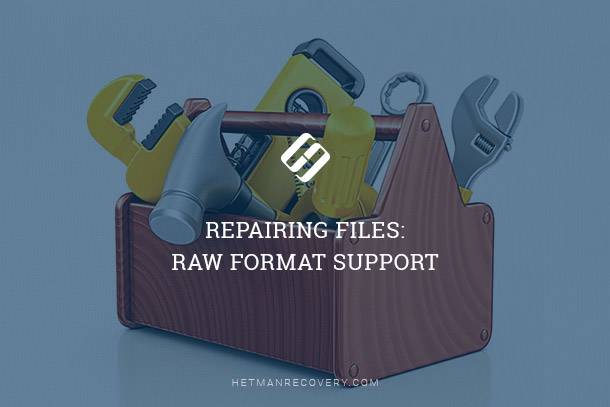Losing Digital Photos Quickly: Prevention Tips
Losing digital photos can be devastating, but it happens more often than you might think. In this article, we delve into the digital photo disaster, exploring the fastest ways to lose your precious memories and, more importantly, how to avoid it. Whether you’re a casual photographer or a seasoned pro, these tips are essential for safeguarding your digital memories. Learn how to protect your photos from rapid loss and preserve your memories for years to come!

- Method 1. Memory card failures
- Method 2. Physical damage
- Method 3. Collateral damage
- Method 4. Deleting a file
- Method 5. Reformatting
- How to Recover Lost Photos
- Questions and answers
- Comments
Method 1. Memory card failures
Today’s memory cards are durable, but who said everyone’s using the latest technology? Old memory cards, as well as storage media made by unknown enterprises, are much more likely to fail on their own than a brand new Sandisk Extreme. If you don’t want to lose your images, throw away that 256 MB piece of plastic and spend a fiver on a brand new, brand name memory card (AData, Kingmax, Kingston, PQI, Samsung, Silicon Power, Sony, Sandisk).

How to Recover Files from the Memory Card of Your Camera, Phone, Video or Dashboard Camera 📁🔥⚕️
Method 2. Physical damage
Stepping on a memory card can make it crack. Dropping it into a pond will soak it, probably (but not necessarily) rendering it unusable. Leaving it in a trunk during a hot summer day can cause heat damage, deforming the case and making the card unreadable (although the chip itself may still contain your images). Avoid these extremes, and your memory cards will give you many years of service.
Method 3. Collateral damage
Taking your camera to a swim in a pool or to lay on a sandy beach? Those are excellent picture taking opportunities for making great family shots, but they also present a danger for your digital camera and memory card. Leave a camera on a beach for more than a few minutes, and it’ll be hot as ashes. Leave it too close to a swimming pool, and somebody’s kids will sure knock it to water. If your camera is not one of those weather-protected and water-resistant designs, it’s better to maintain control of your property at all times to avoid losing everything you shot on that beach. And if you still want to store your camera next to water, buy a watertight container rated for digital equipment and store your camera in it when not in use.

How To Recover Deleted Data From Android Smartphone: photos, contacts, aps 💥 🥇 ⚕️
Method 4. Deleting a file
This reason is borderline between user error and negligence. Deleting a good picture by accident happens to all of us. On the other hand, a photo that’s been deleted suddenly starts looking much better in the mind of a photographer than it did just a moment ago. Fortunately, deleted pictures are easy to recover. Just use a good data recovery tool such as Hetman Partition Recovery, and you’ll be protected against this kind of a situation.
Method 5. Reformatting
Yes, formatting a memory card is the number one cause of all situations leading to loss of digital pictures. Some digital cameras will prompt to format a newly inserted memory card, while sometimes a photographer (or his kids) will quickly erase the card to make space for some new shots. Fortunately, this is the easiest to deal with. Just launch a photo recovery tool such as Hetman Partition Recovery, and you’re good to go!

How to Recover Cr2, RAW, NEF, CRW Photos after Deleting or Formatting 📷⚕️👨💻
How to Recover Lost Photos
| Stage | Actions | Explanation |
|---|---|---|
| 1. Stop using the device | Stop writing new data to the device where the photos were stored. | This prevents overwriting lost data, increasing the chance of recovery. |
| 2. Identify the storage location | Determine where the photos were stored: on a phone, computer, flash drive, or in the cloud. | Knowing the location helps choose the right tools for recovery. |
| 3. Check the recycle bin or archive | Check the recycle bin on the device or in cloud services if the photos might have been deleted. | Many systems keep deleted data in the recycle bin for a certain period. |
| 4. Use specialized software | Install data recovery programs such as Hetman Photo Recovery or Hetman Partition Recovery. | These programs can scan the device for deleted files to recover. |
| 5. Contact professionals | If self-recovery did not help, contact a specialized service. | Professionals use equipment and methods that are not available to the user. |
| 6. Set up backup | After recovering the data, set up automatic backup. | This will help avoid data loss in the future. |




